Nick Jones: ‘Even now, I don’t feel, wow, I’ve done it’
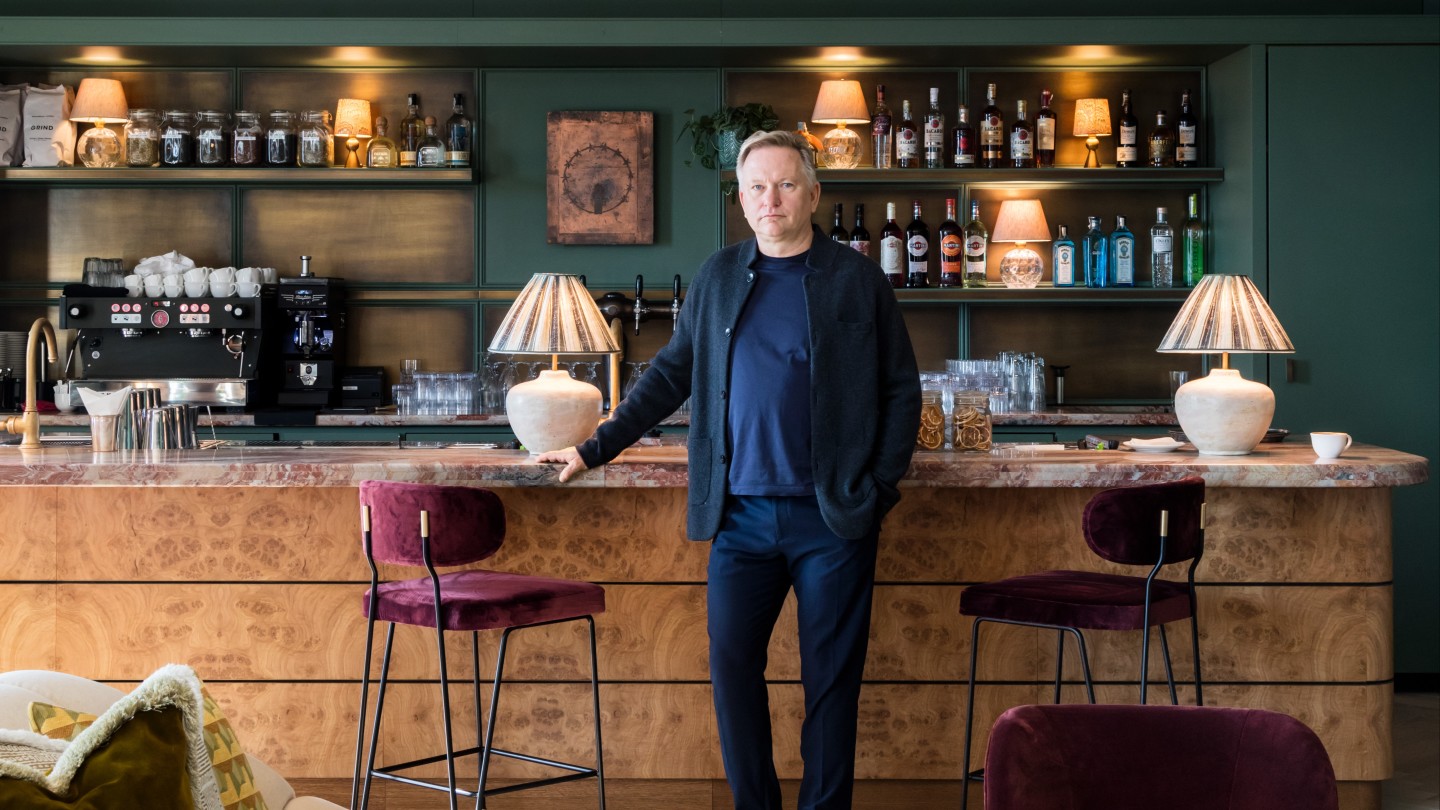
Roula Khalaf, Editor of the FT, selects her favourite stories in this weekly newsletter.
The night after interviewing Soho House founder and CEO Nick Jones in Rome, where he has come to celebrate the opening of his first club in the city, I have dinner with a bunch of Italian friends. A traditional type of old-school Roman, they live in centuries-worn palazzos and have never felt the need to belong to any club other than the one they were born into. But I am taken aback when every single one of them begs me to put them in touch with the group’s membership team, texting me the following day to remind me.
This is the allure of Jones’s Soho House, an empire that began in 1995 with one upstairs space in London but quickly evolved into a social phenomenon that effectively sidelined the stuffy male-dominated members’ clubs of old. Its propitious timing coincided with London’s emergence as a revitalised epicentre, led by Britpop bands Oasis and Blur, the YBAs including Damien Hirst and Tracey Emin, and designers Alexander McQueen and John Galliano. Soho House became the nexus for aspirant creatives to flaunt, vaunt and interact under one roof.
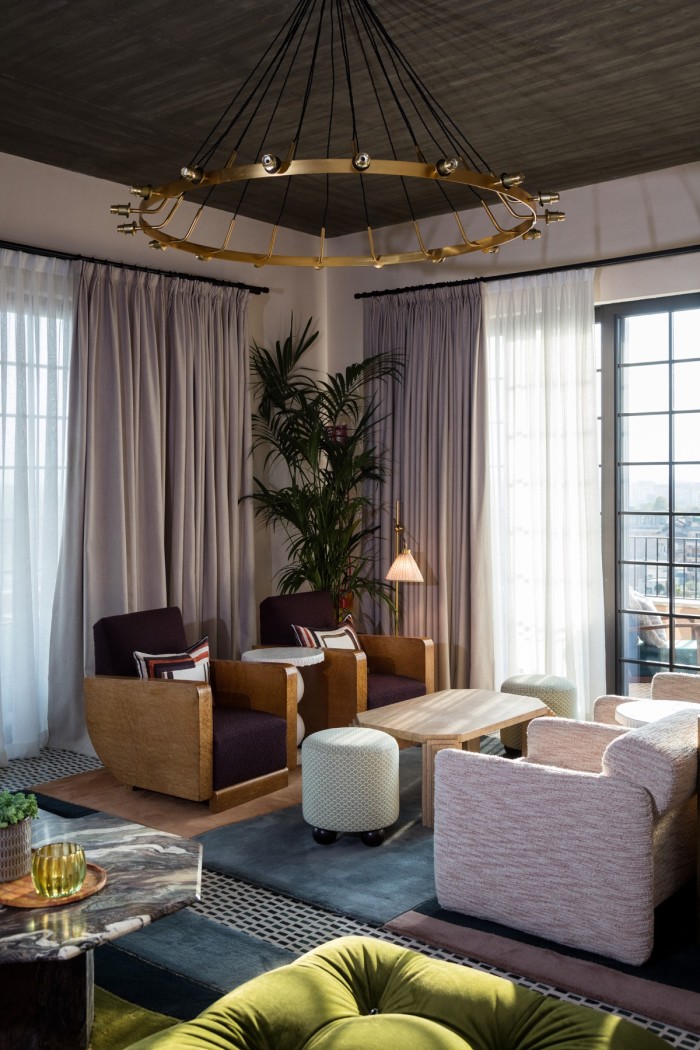
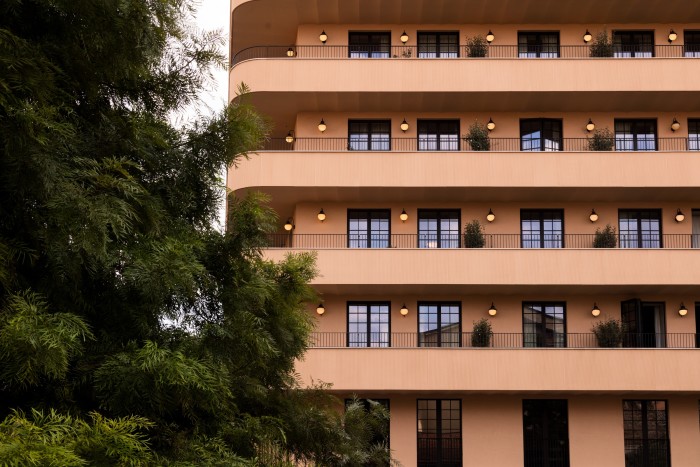
Over the years, as new Houses have opened everywhere from Shoreditch to Mumbai, passing by Chicago, Istanbul and Amsterdam, the group’s popularity has ebbed and flowed without ever quite losing its appeal. New experiential offerings, from beach houses in Miami to rural idylls in the Cotswolds, Cowshed spas with their own product line and indulgent movie nights at The Electric Cinema in Notting Hill and White City, have helped to redefine our expectations of hospitality. If you live in a metropolitan city today, you are likely only a few degrees of separation from one of the group’s near-145,000 global members, some of whom are now shareholders themselves. When Soho House launched on the New York Stock Exchange in July (under the new umbrella of the Membership Collective Group, “MCG”), British and American members were invited to buy 100 shares per person. Jones is both CEO and director of the board. MCG’s current valuation? $2.8bn.
The new space occupies a cantaloupe-coloured multi-storey block in Rome’s San Lorenzo district, a hybrid of modernist and art deco; it’s an area where interestingly decrepit buildings daubed in graffiti predominate, and battalions of students at nearby universities strut the streets. Jones meets me on the ninth floor, where he is settled on a low velvet sofa. The reassuring signature Soho House decor prevails, but here it feels more elevated, with its geometric coloured rugs, midcentury bronze fittings, moulded wood and artworks by local artists. There are 49 bedrooms as well as 20-long stay apartments. A Cecconi’s restaurant will soon open on the roof, and there is a Soho Health Club area, a screening room and a swimming pool.
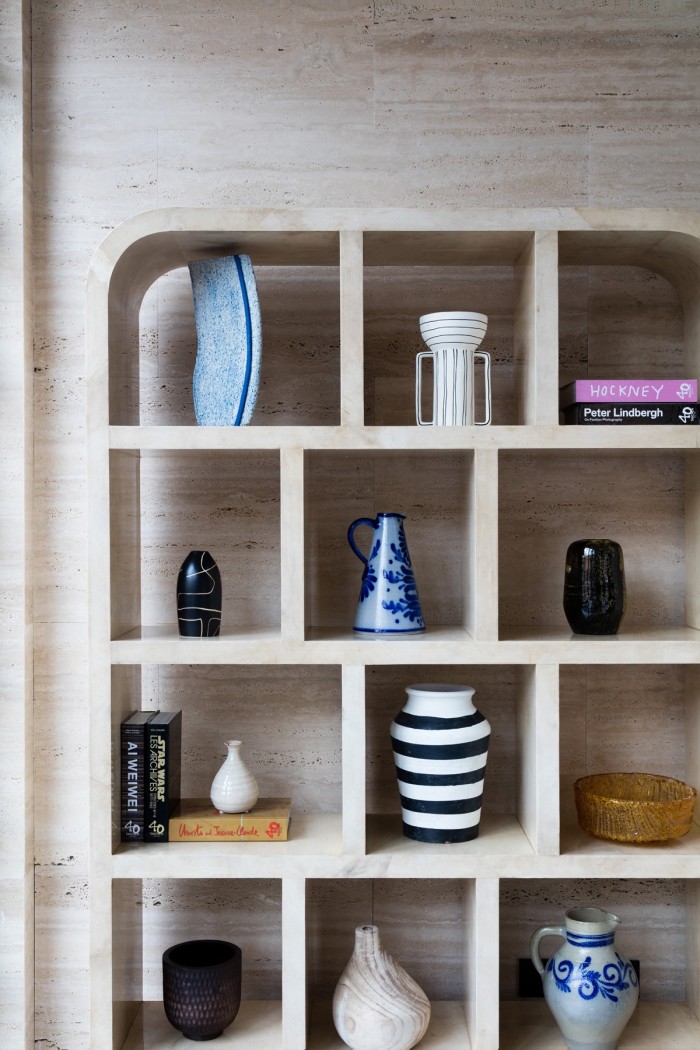
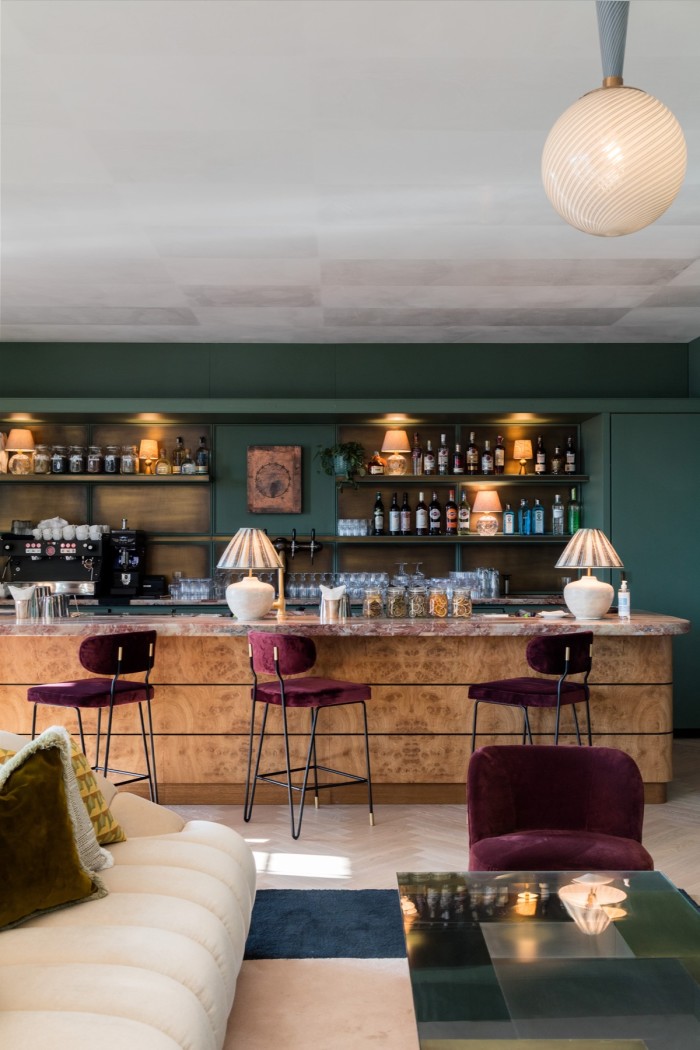
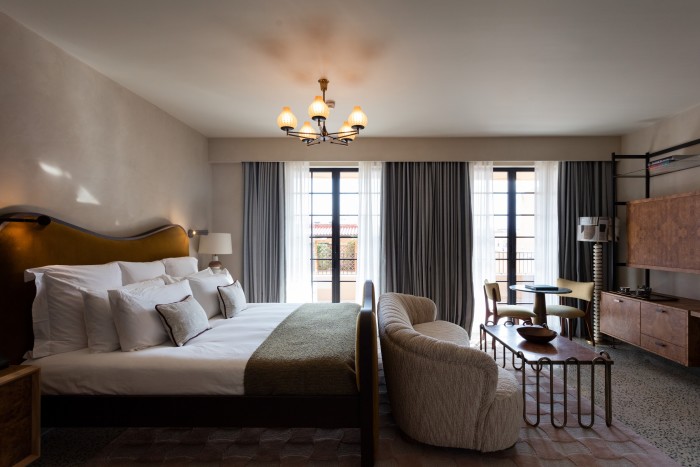
It’s the sixth to open this year, but still, taking on the Italians on their home turf feels equally gutsy and perilous. They are an immovable lot when it comes to matters of taste. But this is not Jones’s first rodeo. His decision to open his first Soho House abroad in New York in 2003 was equally precarious. “I knew it could take me down,” Jones says of his decision to open a fee-paying members’ club in a city that had never embraced them. “But I also knew that one day when I’m rocking in my chair, I’d much rather have given it a go than not.” Of his Italian ambitions, he says: “I love Italy. I love Italians. They still smoke, read newspapers, talk about their mothers’ lasagne. They are passionate people. Am I scared? Yes. Are we going to win the Romans over?” He leaves his own question hanging.
Jones is jovial, cracking jokes and jumping up to meet new members who approach him like they would a celebrity. “Wait a minute,” he says to a waiter, “have you changed the coffee like I asked?” His first espresso didn’t taste authentically “Italian”. Two new cups are then presented, and he zeroes in on the one with a sufficient crema. “I don’t care what anyone says, we are in Italy, we will only serve Italian coffee.” Then he turns to me. “Promise you’ll tell me if there is anything you don’t think is right.”
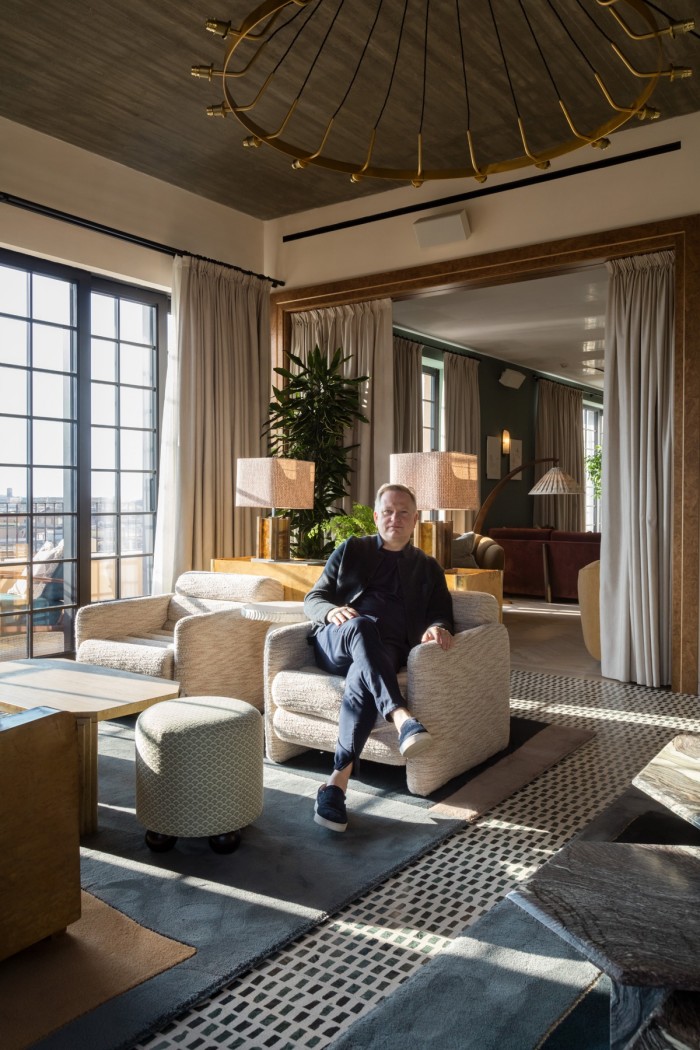
Jones doesn’t fit the trope of the cut-throat and hubristic entrepreneur. He’s likeable and easy to be with, alternately pushing back a strand of his greying blond hair or rubbing his belly, which he constantly jokes is too rotund. He’s dressed in a dark-blue long-sleeved T-shirt, jeans and trainers. He has no idea where his clothes come from. “Kirsty looks after all that,” he says, mentioning his wife of over 20 years, the former Desert Island Discs presenter Kirsty Young, whom he met at Babington House (another Soho offshoot) in 1998 and with whom he has two children, Freya, 21, and Iona, 15 (he has two older children, Natasha, 28, and Oliver, 26, with his first wife, Tania).
None of this seemed very likely. “My dad said I never opened my mouth until I was 18. And then I never closed it,” says Jones of his comfortable upbringing in Surrey with his three siblings. He describes himself as a “really uncool, awkward kid”. He was diagnosed with dyslexia, never properly flourishing at boarding school (Shiplake College). He has always been “big into simplicity”. At work, internal correspondences from his team are known as “Nick Sheets”. “Everything has to be on one piece of paper, something a five-year-old child can understand.” He points at my laptop: “I’ve never used one of those.” His texts read “quick call?” because he far prefers speaking to writing. “It might be wrong,” he says. “But it’s how I cope.”
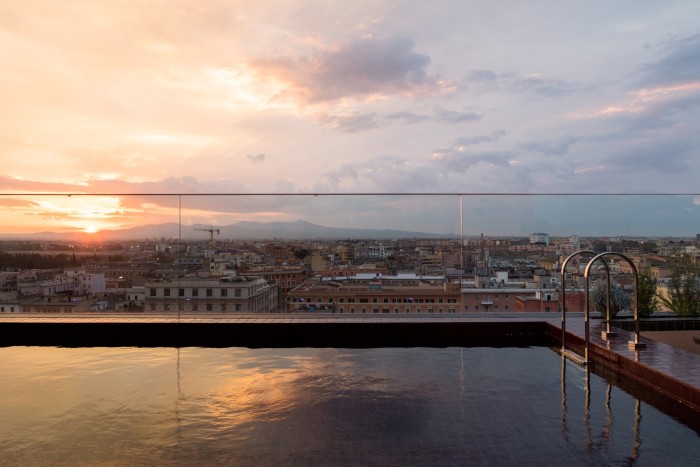
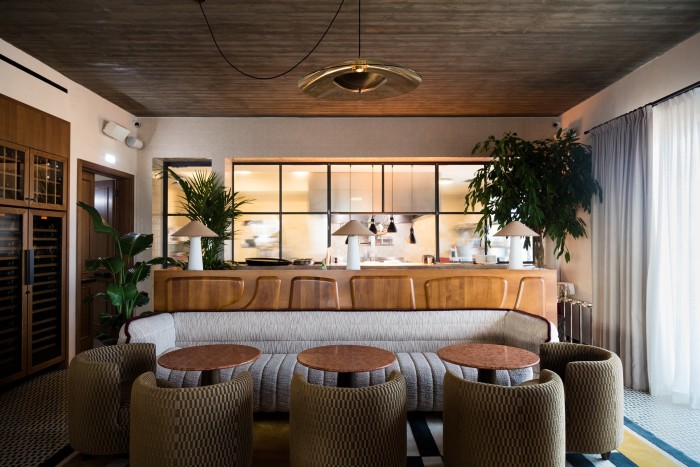
Jones always knew that food was his passion. He vividly remembers his first taste of steak frites and moules marinières on holidays in France, where he visited local supermarchés like others do museums. “I still love walking around a supermarket,” he says. What would his last supper be? “Soupe de poisson, steak frites, with all the bits, crème brûlée, a plate of fromages, two draught Kronenbourgs and some good wine.”
A tale of many cities: five other Soho Houses that launched this year
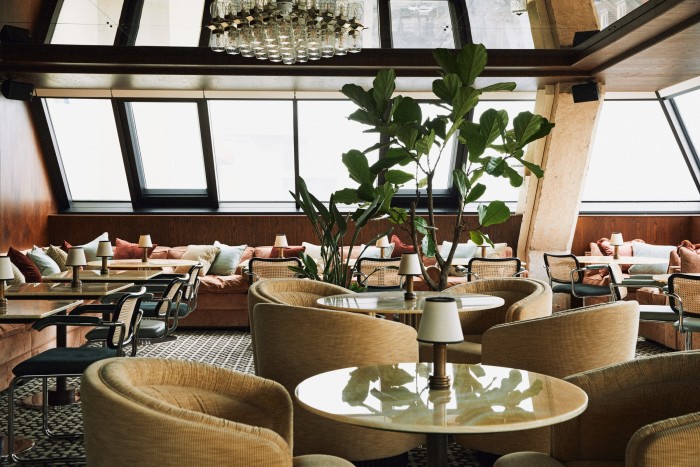
180 House, London
Housed within famed Brutalist landmark 180 The Strand, the latest London venue comprises a health and wellness centre, a coworking space, a restaurant and lounge with 1970s-inspired decor (think shagpile rugs, mohair banquettes and bold geometric carpets). The clincher, though, is a rooftop pool with views across the Thames.
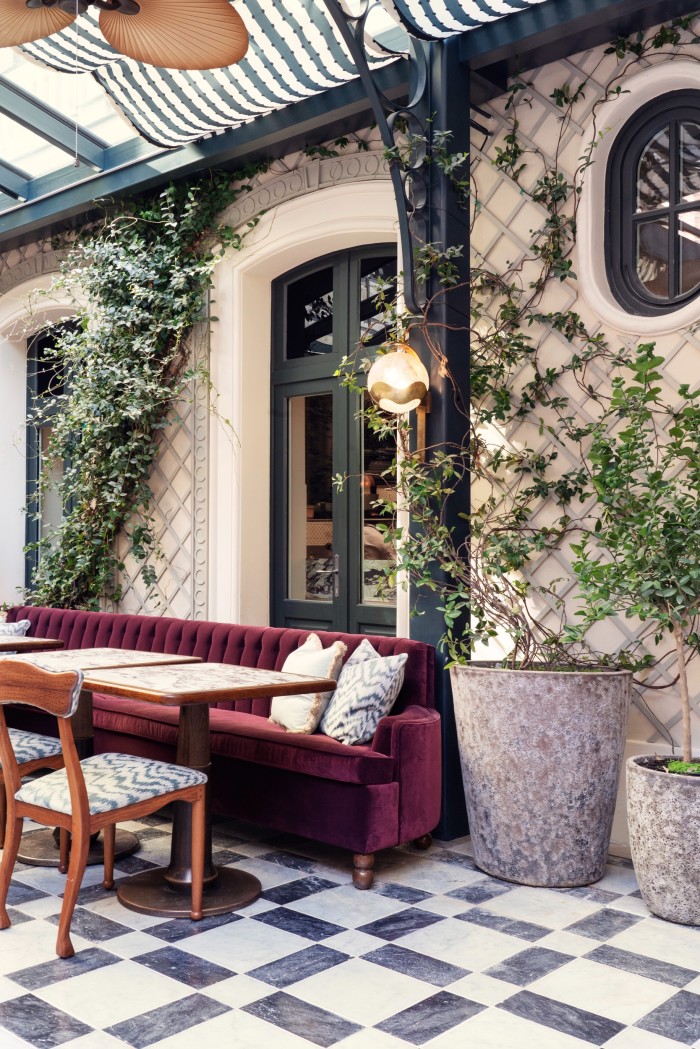
Soho House, Paris
Tucked away on a quiet street in buzzy Pigalle, this 19th-century apartment building was once home to the family of Jean Cocteau. In addition to the 36 bedrooms, members have access to a winter garden, swimming pool and Moulin Rouge-inspired cabaret room.
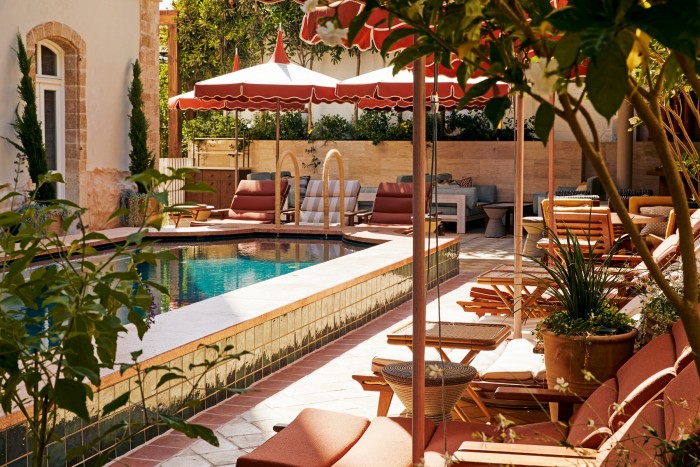
Soho House, Tel Aviv
Offering respite from the bustling streets of Jaffa (the historic flea market is just a stone’s throw away), the turreted late-19th-century building features dining spaces, bars, 24 bedrooms and a shaded terracotta-hued courtyard.
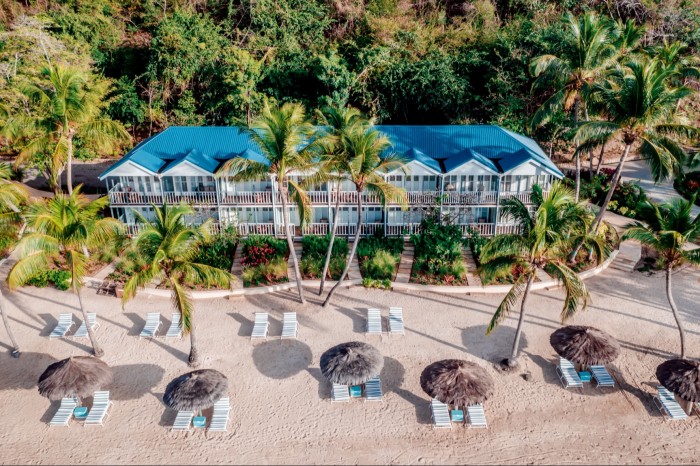
Soho Beach House, Canouan
This beach house, on a small, secluded island in the Caribbean, comes with a restaurant, deli, boutique, fitness studio and 40 bedrooms, all furnished with simple rattan and woven cane pieces. The verandas look out onto the palm-fringed, white-sand beaches of Grand Bay.
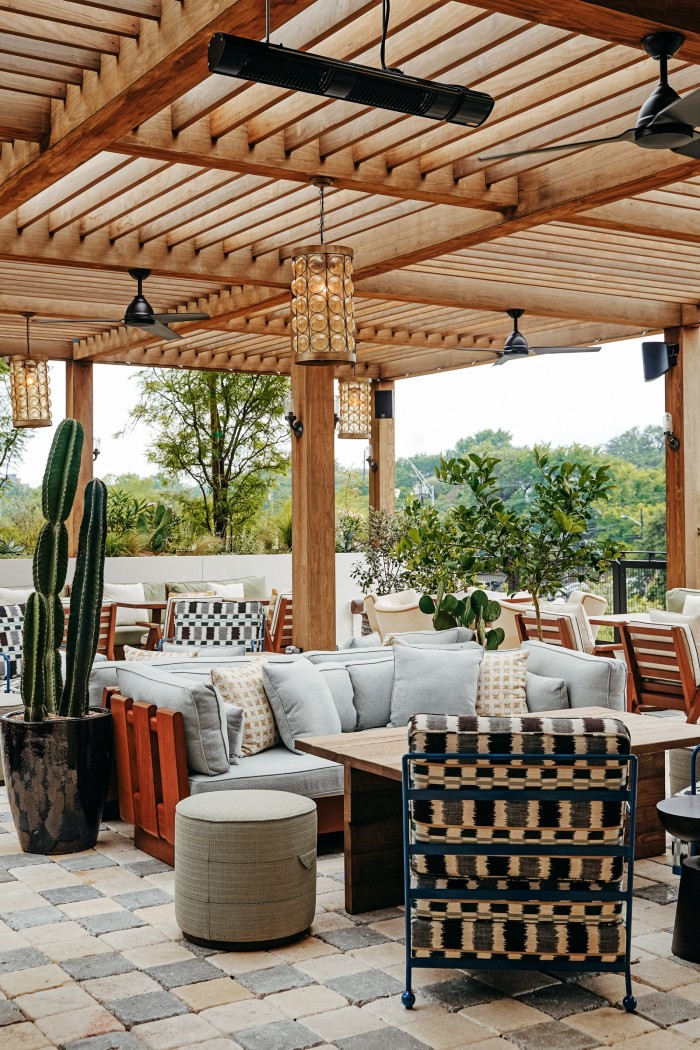
Soho House, Austin
Combining Texan modernism with Spanish influences – felt in the limewashed walls, vintage furnishings and natural sisal floors – the group’s first members’ club in America’s South features various dining options and a roof terrace giving city views. Sara Semic
At 17, Jones joined the Trusthouse Forte management course, working first in London and then Paris as a chef. His kitchen tales recall a time when the industry was at its most brutish. “My first placement was at the St George’s Hotel in Langham Place. The chef threw a sack of potatoes at me on my first day and shouted: ‘Peel them, c**t!’ By the fourth potato I’d cut my hand so badly the potatoes and water were red with my blood. That was my nickname after that. I took it as a sign of affection.”
After a spell in Paris at the Plaza Athénée, which was only marginally better, he returned to London itching to go solo. He opened his first restaurant in Fulham. “I hope you never ate in an Over The Top restaurant. They were shit,” he says of the ill-fated chain he opened in 1988 and which closed in 1992. In 1993 he was about to concede defeat when his landlord – Soho’s notorious property tycoon and porn baron Paul Raymond – called with an offer. The space above the restaurant Jones was renting on Greek Street had become available. Did he want it? “I can’t afford it,” he replied. Raymond suggested they meet anyway in his flat above Le Caprice. The pair chatted but came to no resolution. As Raymond watched the young man depart he suddenly had a thought: “What if I pay for your fit-out costs and add it to the rent?” They had a deal. Jones renamed the restaurant Cafe Boheme, turning it into the still-popular French brasserie it is today. But more importantly the vacant space upstairs became the world’s first Soho House in 1995.
The group, which is now in more than 13 countries (new Houses have just opened in Austin, Tel Aviv and Paris, while West Hollywood, Nashville and Brighton are set for 2022), has still not turned a profit. It’s been a sticking point for many over the years. The IPO last July raised $470m, allowing the company to reduce some of its debt burden. At the time the financial press questioned the logic of launching during a pandemic (it’s worth noting that during lockdown it managed to retain 92 per cent of its membership by announcing early that all membership fees could be accrued and used once they reopened – or spent on Soho Home products bought online). But Jones dismisses the scepticism. “We were closed, so we had time to plan it properly, plus markets always look to the future. We thought of doing it next year but who knows where the markets will be then?” For now the share price remains steady, reflecting the market’s interest and MCG’s recent improved earnings.
When we meet, Jones is due to attend MCG’s first live board meeting in New York in a week. “I have a really good relationship with Ron [Burkle, whose private equity group Yucaipa is MCG’S biggest shareholder with 44.8 per cent] and Richard [Caring, a British garment-trade magnate and restaurateur with 20.5 per cent],” he says of his two early investors. “They are supportive. We are very happy where we landed. Everyone focuses on day one, day three, after a float, but we are focused on the future,” says Jones, who still retains an acceptable (considering the group’s many investment rounds and dilutions) six per cent stake.
Where was he on the day of the IPO? “At home in the country with Kirsty,” he says. It must have been surreal. “Well, the float was on Thursday and my daughter Natasha was getting married two days later. I was like – I’m not going to enjoy this week till I get to the wedding.” He hired a band to play his daughter’s favourite song “Dancing in the Moonlight” as a surprise on the day. So he’s a bit of a softie? “I cry,” he acknowledges. “Not often, but I cry.” On weekends he is on Sunday-roast-lunch duty. “My kids are obsessed with it. My favourite time is when we are all together. We play Desert Island Dishes.”
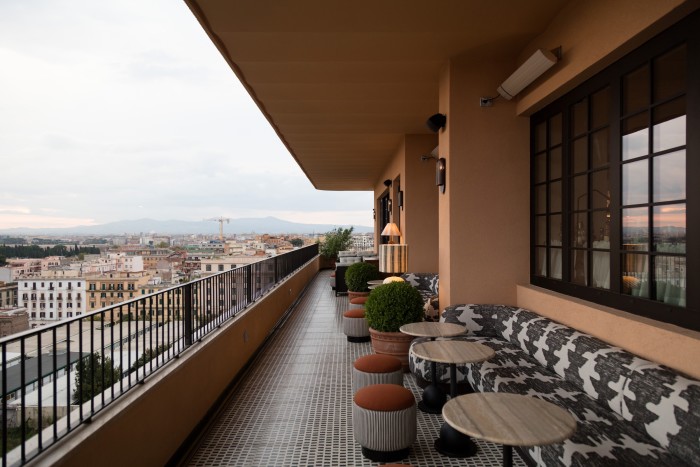
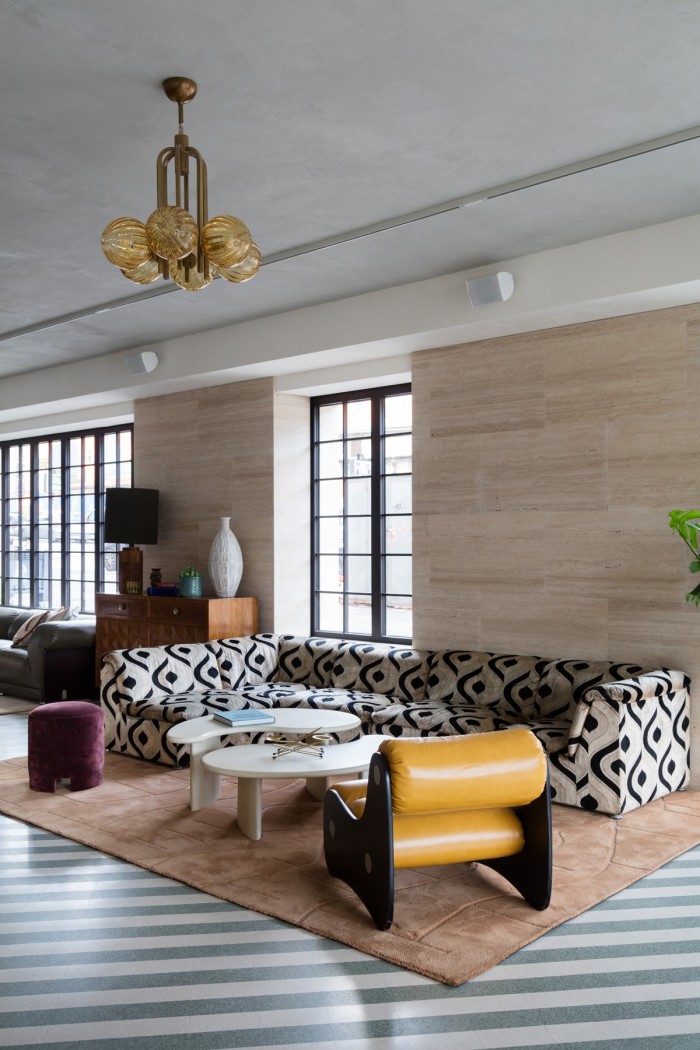
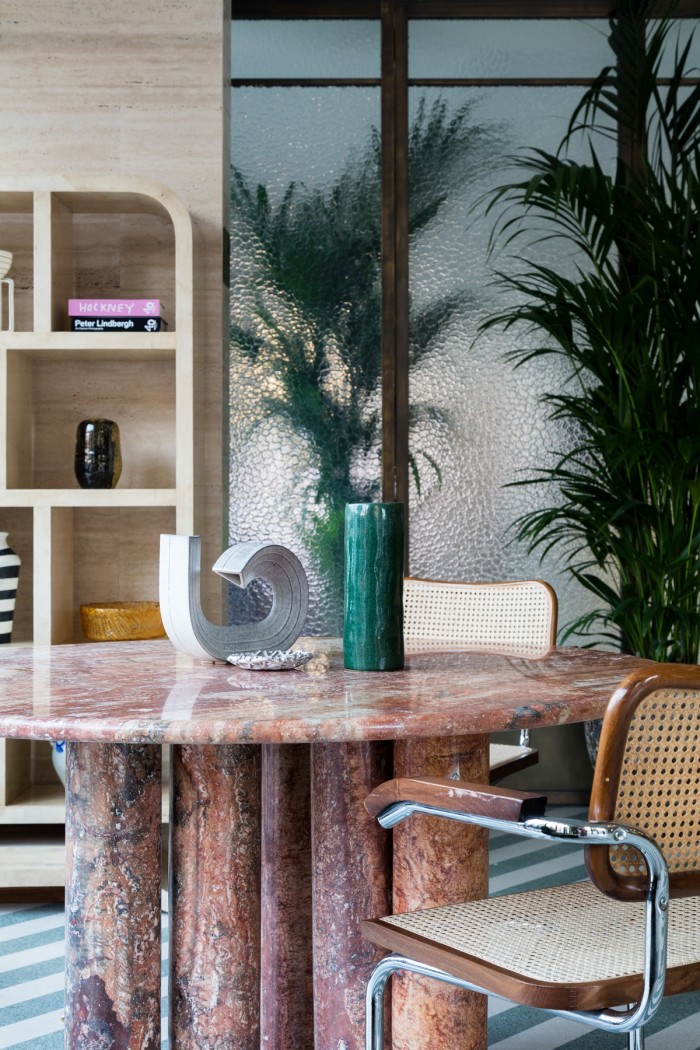
Recently Jones launched a major update to SH.APP, a community app for members to connect with each other – for business, social or romantic purposes. The app’s “visibility” system alerts those around you if you are open to talking or not. But closer to his heart is House Foundations, a social-responsibility programme he initiated last year, including a series of apprenticeship, fellowship and mentorship programmes. He tells me the story of Abraham Adeyemi, a young man who’d never been to film school but wanted to work in film and who entered – and won – the group’s script-writing competition (Script House). “We put him in touch with Sam Mendes, who mentored him, and he’s gone on to win Best Narrative Short at the Tribeca Film Festival.” (Jones also helps young creatives who can’t afford to join the clubs.)
Will he ever run out of Houses to open? It seems unlikely. “Even now, I don’t feel, wow, I’ve done it. The journey is still going.” Jones has suggested that his reason for keeping on was because he wanted to make people happy. I’d dismissed it as the sort of thing that someone who has thousands of members to please says. But now I’m not so sure.
“I never did any of this for money,” he says. “I like security, I like our home. But that’s it.” Jones is now very late for his return flight home, but rushes off instead to check on the canopy for Cecconi’s upstairs. “I want it to be the most beautifully upholstered restaurant in Rome.”
Comments